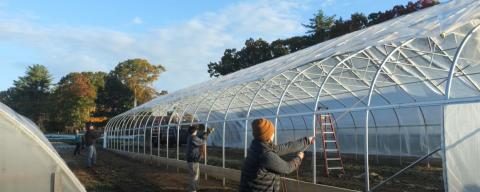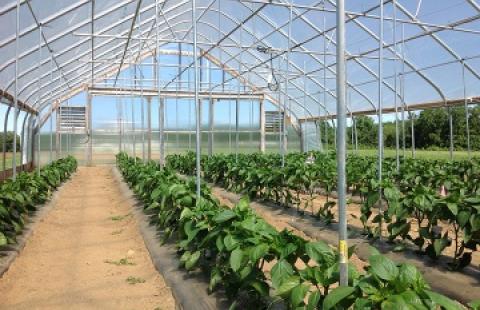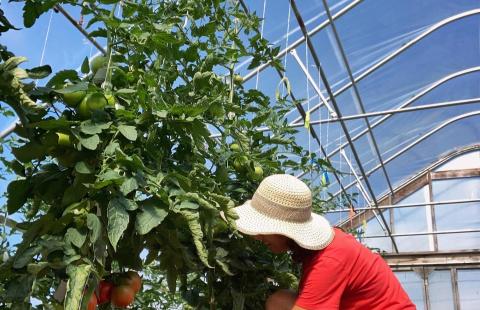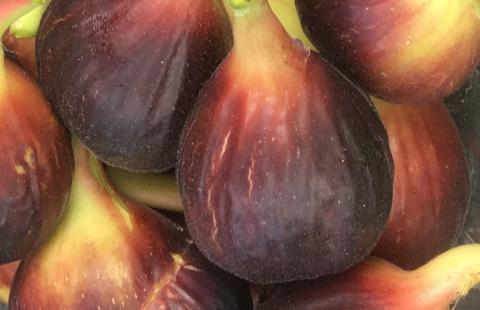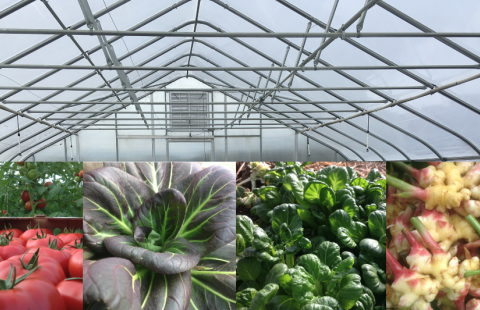A one-of-a-kind, comprehensive 6-part video series covering the intricacies of greenhouse or high tunnel construction. Developed by the University of New Hampshire Cooperative Extension, these videos meticulously guide the viewer through the entire construction process, offering in-depth explanations, captivating close-ups, and insightful big-picture how-tos. Filmed in collaboration with experts from academia, business, and government, these videos guarantee an accurate and complete guide to greenhouse construction, including best practices, tips and tricks, and the correct order of events to create a functional and lasting greenhouse. This video series is for anyone seeking guidance on a specific aspect or the entirety of the construction process.
Click this link to watch the "Constructing a Greenhouse or High Tunnel" playlist on YouTube.com or watch each video below.
Greenhouse vs High Tunnel
reference this link to "Very Small Greenhouses for Back Yards"
A commercial greenhouse is a structure intended to be heated with fuel to allow production of plants during a time of year when the plants could not develop on time or survive outdoors due to low temperatures. A greenhouse performs the competing roles of keeping heat inside at night, while still allowing in sunlight necessary for plant growth during the day. Without a heat source, a greenhouse would cool off very quickly when the sun goes down and get almost as cold as the outside air as the night progressed. Also, because greenhouses do a good job of allowing sunlight in, they can quickly heat up during the day to temperatures damaging to plants, even on very cold days, so they must have ventilation systems to allow excess heat to be released.
A high tunnel, by contrast, is a heated or unheated greenhouse structure over soil. These are used primarily to allow planting in ground earlier in the season or to keep crops growing later in the year than they would be able to if unprotected. The soil in a high tunnel in New Hampshire doesn’t freeze over winter, so these can be used to grow cold-tolerant crops all winter long with the use of specialized “frost blankets”.
Articles from UNH Extension about High Tunnels
Extension Services & Tools That Help NH Farmers Grow
Newsletters: Choose from our many newsletters for production agriculture
Receive Pest Text Alerts - Text UNHIPM to (866) 645-7010
